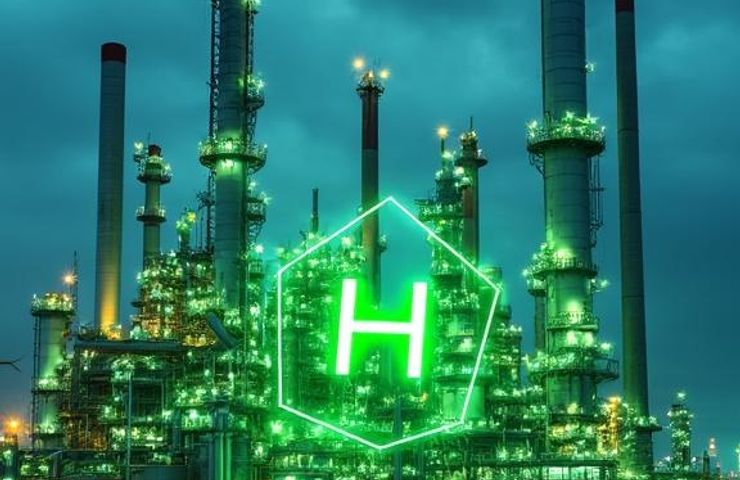
Green Hydrogen Surge: European Refiners Pivot to Decarbonize and Fuel Maritime Growth
August 25, 2025Picture this: Europe’s refineries aren’t just grinding out fuels—they’re buzzing with renewable vibes, aiming to crank out half a million tonnes of green hydrogen by 2030. Sounds like a stretch? Well, over $5 billion is already on the table, so it’s more reality than sci-fi. Thanks to the EU’s RED III push and next year’s Delegated Acts, the race for industrial decarbonization is in full swing. So, how are these energy giants pivoting, why the maritime sector is a game-changer, and what speed bumps are lurking ahead? Let’s break it down.
Context: EU’s Regulatory Push
The European Union just turned up the heat on climate goals, demanding industries slash emissions big time. Under RED III, refiners have to swap out fossil hydrogen for renewable or low-carbon blends. On top of that, the 2025 Delegated Acts lay down the law on lifecycle greenhouse-gas cuts—so any hydrogen made via electrolysis or SMR with CCUS better meet those strict targets. Problem is, some member states are dragging their feet on national rulebooks, putting projects in limbo.
The Refinery Shift
For decades, oil hubs leaned on gray hydrogen straight from fossil fuels. Now, they’re plowing money into hydrogen production through water electrolysis powered by sun and wind, or steam methane reforming paired with carbon capture, utilization, and storage. The payoff? Emissions could tumble by over 70%. Industry insiders say parts of the sector can green up fast and without breaking the bank. With capital commitments north of $5 billion and auction bids for green hydrogen dropping—about 18% across the EU and a whopping 55% dive in German tenders—costs are finally heading south.
Maritime Opportunity
We all know you can’t just slap a plug into a cargo ship—electrification at sea has limits. That’s why the maritime sector is setting its sights on hydrogen derivatives like ammonia and methanol. Under the FuelEU Maritime rules and the IMO’s Net Zero Framework, shipping lines need greener fuel options. Picture bunkering ammonia made from green hydrogen alongside regular marine diesel—it’s a solid bridge to zero-emission voyages on those long-haul routes.
Challenges and Outlook
It isn’t all smooth sailing, though. Policy whiplash and price premiums for clean hydrogen still bite, and until every country nuts-and-bolts the RED III rules, progress will stay patchy. On the bright side, the EU Hydrogen Bank is doling out support, and plans for guarantee of origin standards should crank up market clarity for hydrogen infrastructure.
Come 2030, refiners will be eyeing roughly 0.5 million tonnes of green hydrogen each year just to stay compliant, which shows the scale of this shift. While renewable fuels of non-biological origin in transport are pegged at a modest 1%, knock-on effects in aviation, chemicals, and beyond could be huge as supply stabilizes and costs fall.
At the end of the day, Europe’s refinery heavyweights stand at a crossroads. If costs keep sliding and regulations lock in, these plants could morph into hubs for sustainable energy—fueling industry, shipping, and possibly more. It’s a bold bet on industrial decarbonization and the future of sustainable energy, one that could redraw the continent’s energy map for decades to come.



 With over 15 years of reporting hydrogen news, we are your premier source for the latest updates and insights in hydrogen and renewable energy.
With over 15 years of reporting hydrogen news, we are your premier source for the latest updates and insights in hydrogen and renewable energy.